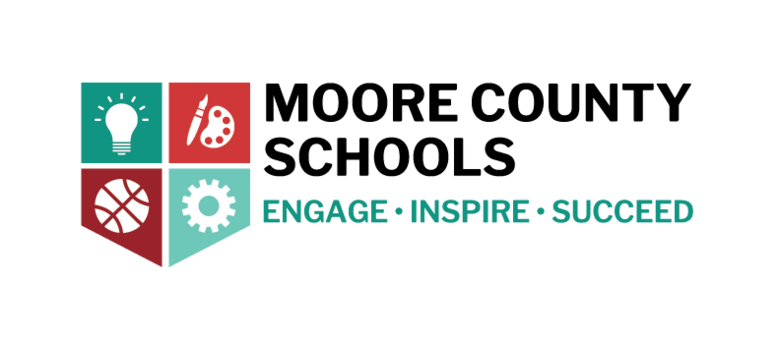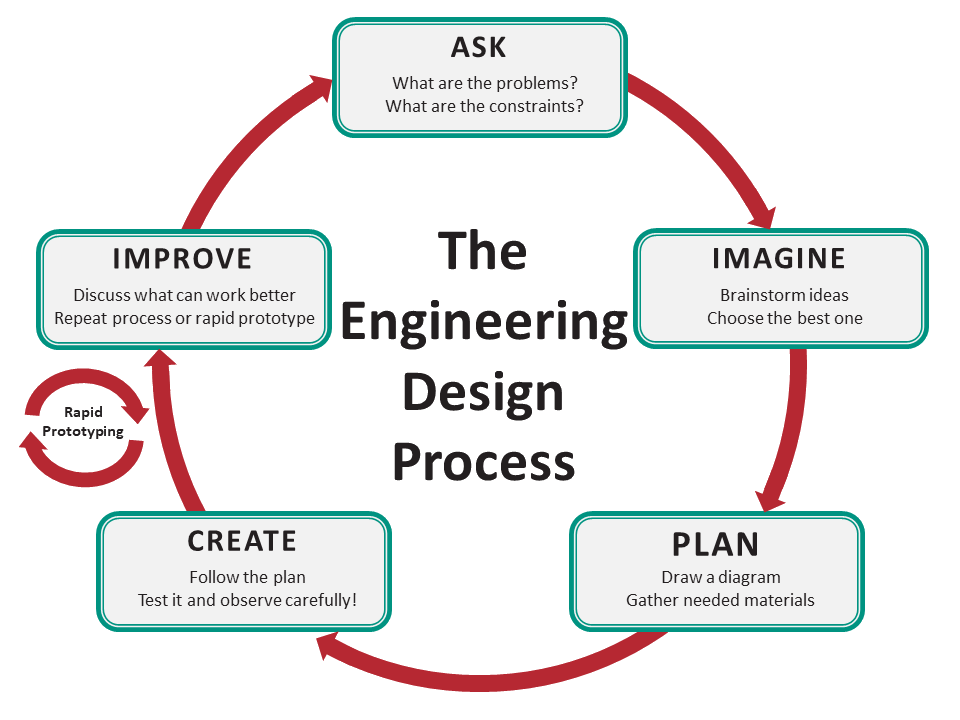- Author:
- William Allred, Carrie Robledo
- Subject:
- Computer Science, Engineering, Healthful Living, Biology, STEM
- Material Type:
- Activity/Lab
- Level:
- Middle School
- Tags:
- License:
- Creative Commons Attribution Non-Commercial Share Alike
- Language:
- English
Education Standards
6-8 CTE: Paper Circuit Skeletal System

Overview
Students will use paper circuits to label various parts of the skeletal system.
Instructor Directions
Paper Circuit Skeletal System
| Driving Question / Scenario | How can paper circuits be used to illustrate the skeletal system? |
| Project Summary | Students will use paper circuits to label various parts of the skeletal system. |
| Estimated Time | This lesson will last approximately two 45 minute class periods to include the review of the skeletal system and instruction and completion of paper circuits. |
| Materials / Resources | Students will need a printed copy of a skeleton, preferably blown up onto a piece of posterboard (see PDF in lesson resources). They will also need:
|
| Standards |
|
| Project Outline | |
| Ask | How can I use paper circuits to learn about the skeletal system? |
| Imagine | Students will brainstorm their ideas for the best way to light up the skeletal system as well as the most effective parts to light up. |
| Plan | Students will work in teams to make a plan for how to use a minimum amount of materials to light up their skeleton in the best way possible. They will sketch a plan for the circuits as well as which parts of the skeleton will be labeled and in which manner they will be labeled. |
| Create | Students will use the materials to layout their design and test it prior to final creation. This will allow for testing and conservation of materials. |
| Improve | If there are improvements to be made to the configuration or the diagram, students will make them prior to finalizing their model. |
| Closure / Student Reflections | Students will reflect on the lesson by checking their work against their reference guide to be sure their skeleton is labeled correctly. Students will close the lesson with a labeled, light up, paper version of a human skeleton. |
| Possible Modifications / Extensions | Modifications could include allowing students to color-code a computer model of the skeleton. Extensions could include allowing students to make paper circuit overlays for the other body systems. Students could also make paper circuits with pressure switches that illuminate when you touch them or other such pieces added to the circuitry to enhance the presentation of the skeletal system. |
Pre and Post Assessment Questions:
- Name the 5 reasons that bones are important.
- What is the location of the humerus?
- What is the purpose of the ribs?

